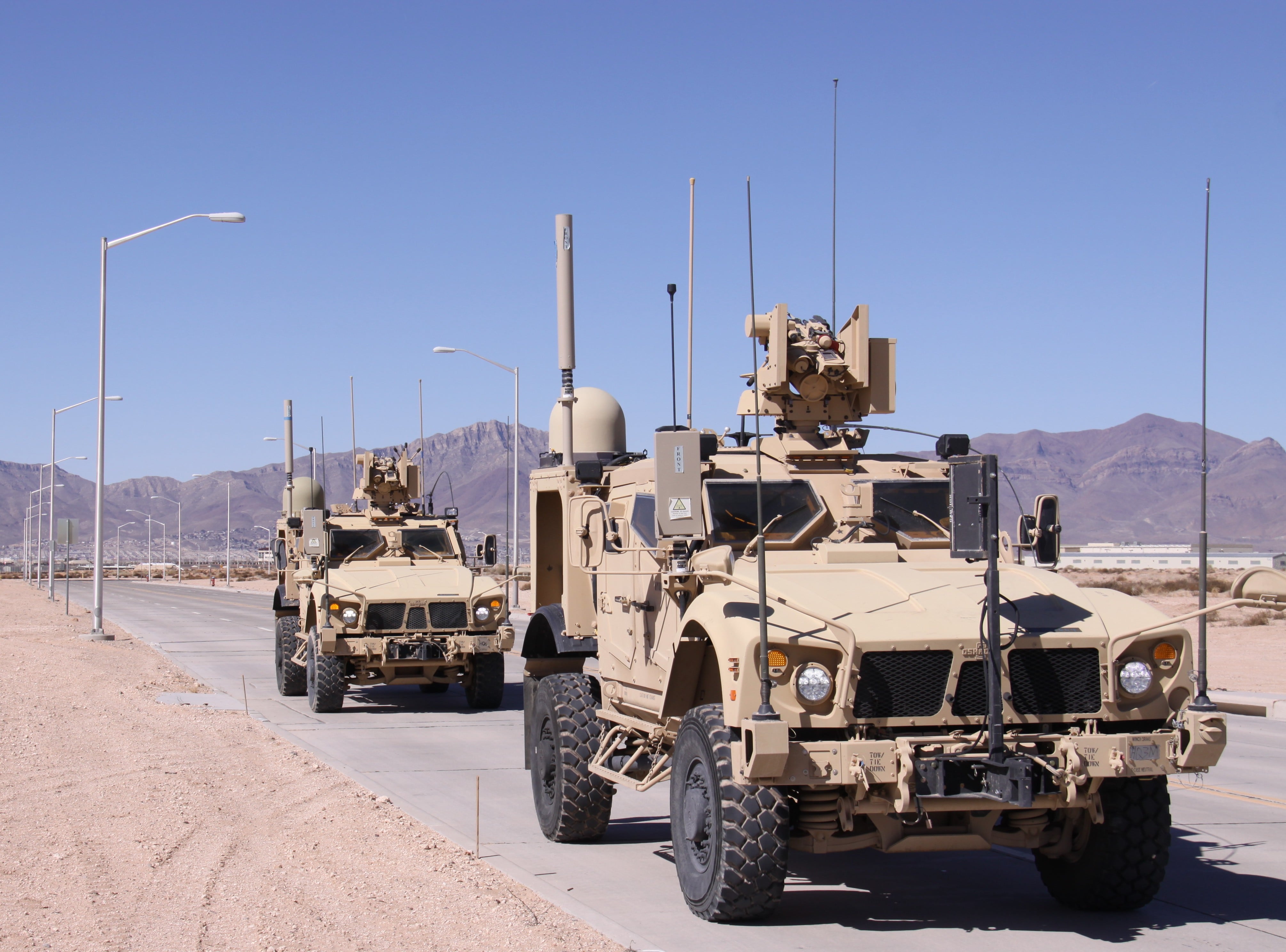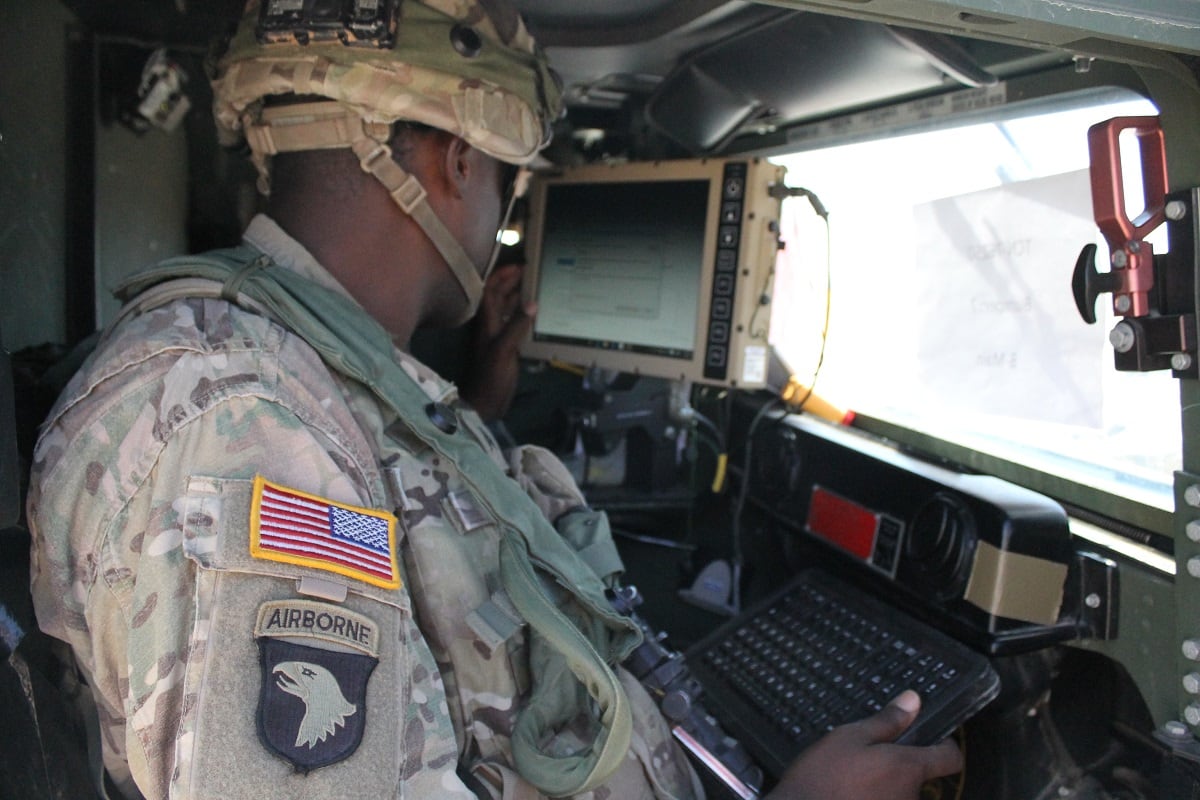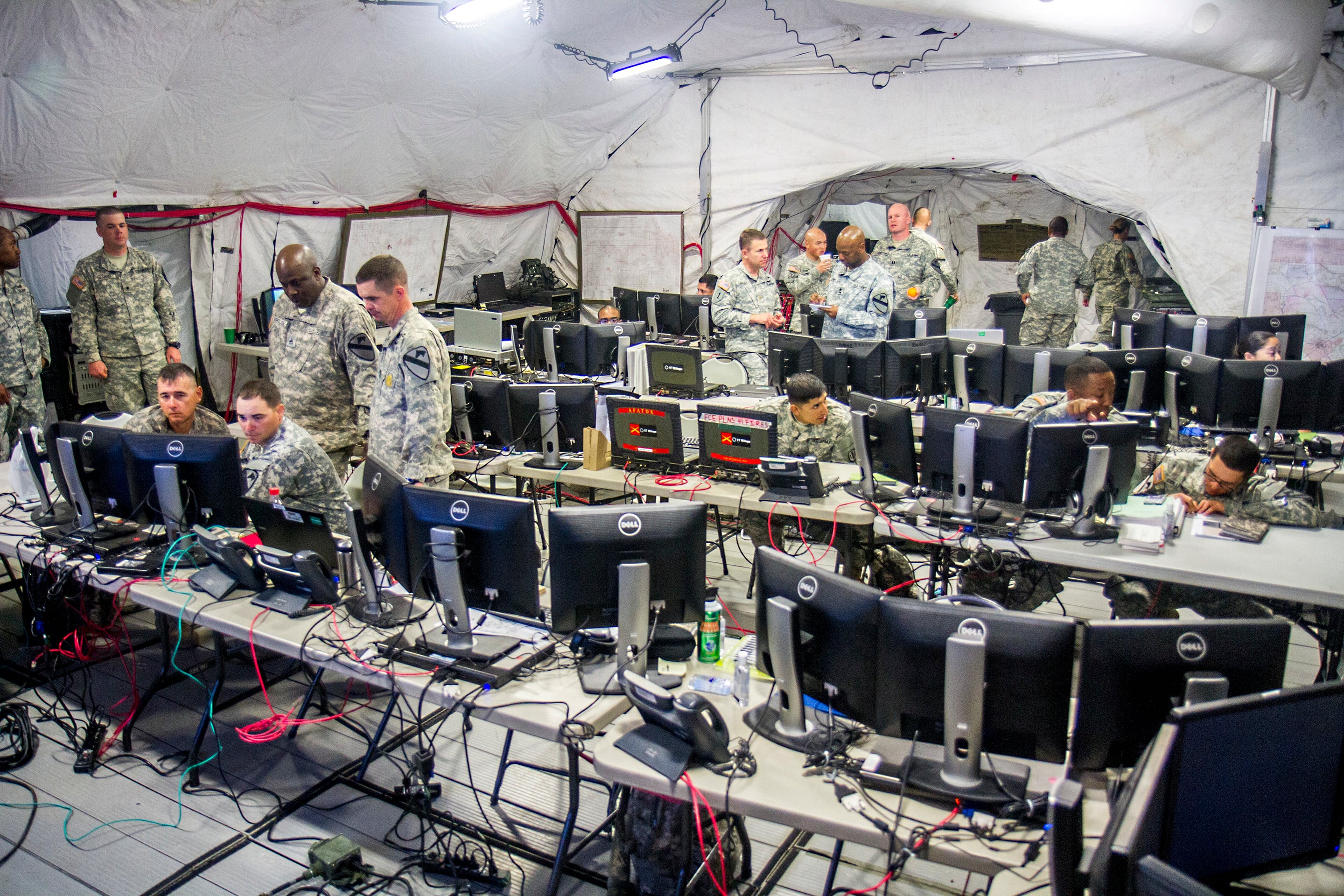The Army’s new network strategy is three prongs; halt, fix, pivot.
The Army submitted a report to Congress last month, as mandated by the 2018 defense authorization bill, that requested the Army’s strategy for “modernizing air-land ad-hoc, mobile tactical communications and data networks.”
Following a highly contentious review, the Army announced last year it would make major changes to its tactical network, the $6 billion program known as Warfighter Information Network, citing operational concerns.
RELATED

In the report, “The Army's tactical network modernization strategy,” the service concluded the tactical network hadn’t sufficiently evolved to enable decisive action against a near-peer threat as it’s become too complex, fragile and not sufficiently mobile. Moreover, the report notes the network is vulnerable to cyber attacks and jamming.

As a result, the Army will halt programs or portions of programs that won’t address operational requirements, fix existing programs that are necessary to fulfill the most critical operational shortfalls and pivot to a new acquisition methodology that fosters rapid insertion of new technology.
RELATED

What this looks like in practical terms is not much different than what the Army charted out previously. The Army will:
- Halt the Mid-Tier Networked Vehicular Radio (MNVR) and Maneuver Control System (MCS) programs realigning funding to higher-priority network modernization efforts
- Halt all procurement of Warfighter Information Network Increment 2 (WIN-T Inc. 2) for the Armor Brigade Combat Teams (ABCT), Army National Guard multi-functional brigades and functional brigades across all components, and;
- Utilize the newly established cross functional teams to conduct rapid prototyping and experimentation.
The big difference in the new strategy, Maj. Gen. Garrett Yee, director of operations and architecture and the acting director of cybersecurity and information assurance in the Army CIO/G-6 office said, is that the new strategy is designed around potential threats.
“This time it’s threat informed,” Yee said at an event hosted by AFCEA NOVA in Falls Church, Virginia. “Cyber threat informed, to be more specific. Electronic warfare threat informed, to be more specific.”
Yee said it’s not that the Army never thought about the threat but based on what they’ve seen in Eastern Europe recently, the new environment “absolutely put a point to that issue.”
Priority fixes
While the Army has charted out longer term plans to leverage prototyping and rapid insertion of the latest technology, a near term threat still must be addressed. These interim fixes will:
- improve command post survivability and mobility;
- integrate tactical network transport;
- provide a mission command application suite that resolves incompatibilities between echelons;
- improve radio and network survivability against electronic warfare and cyber threats;
- and increase joint/coalition interoperability and access to joint fires and close air support
Specifically, the Army will address vulnerabilities such as resilient communications in the way of strengthening anti-jam capability – think improving waveforms – and attempting to lower electromagnetic signature; providing greater cyber and electromagnetic signature situational understanding and lastly, reducing vulnerability in contested environments by incorporating automation and intelligence into hybrid commercial/military network solutions to be able to select autonomously in real time the right communications system for the environment when adversaries might be trying to exploit wireless communications connections.
Yee, in describing the approach to building in cybersecurity and resiliency into the network, drew parallels to whether a technology is an asset or a liability.
“If we’re going to build a capability with say it’s Bluetooth enabled, well you just added a new vulnerability. Did you really need that Bluetooth capability or not,” he said. “Did you need to make that thing wireless or not?”
In building a future system, the key will be looking at what is truly needed. “We’re pretty good at asking operators ‘Hey, do you want this? Do you want that ?’ And we end up with a very fancy capability with a lot of features and functions some of which may not be completely necessary but adds to the vulnerability of that capability,” he said. Going forward, the halt, fix, pivot approach is working to bake in security, he said.
WIN-T’s future
The Army will not field the next part of WIN-T, known as WIN-T Inc. 2, beyond fiscal 2018, the strategy says.
The Army will continue to add technology and capability refreshes to the network through virtualization such as improving fixed tactical SATCOM infrastructure.
At present, armor brigade combat teams will remain on at-the-halt connectivity until next-generation, transport-enabled mission command on the move is available.
In terms of WIN-T Inc 2 – the on the move capability – the Army will procure components for active duty Infantry BCTs and Stryker BCTs while also leveraging the cross functional team in parallel to identify other capabilities that are more better for operations against near peer threats.
The National Guard, Army Reserve or armor BCTs won’t get Inc. 2, the strategy says, instead receiving next-generation on-the-move mission command capability when it becomes available.
The DoD’s chief weapons inspector deemed elements of WIN-T Inc. 2’s light version to be survivable and stand up to cyber attacks.
Mark Pomerleau is a reporter for C4ISRNET, covering information warfare and cyberspace.








